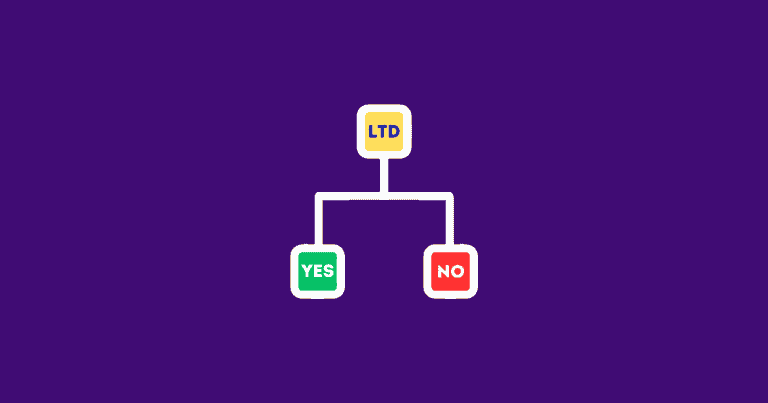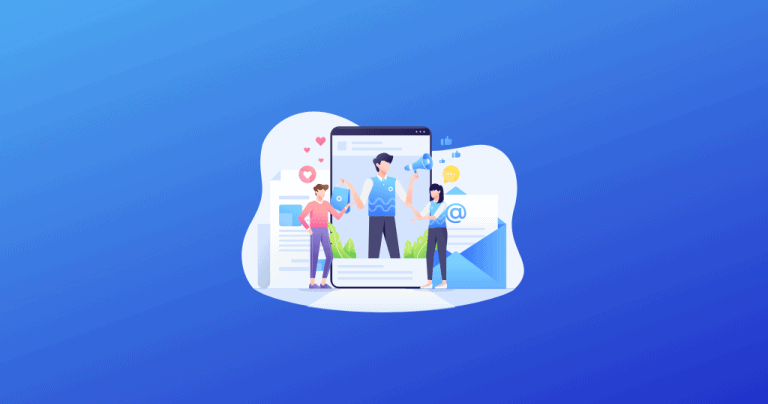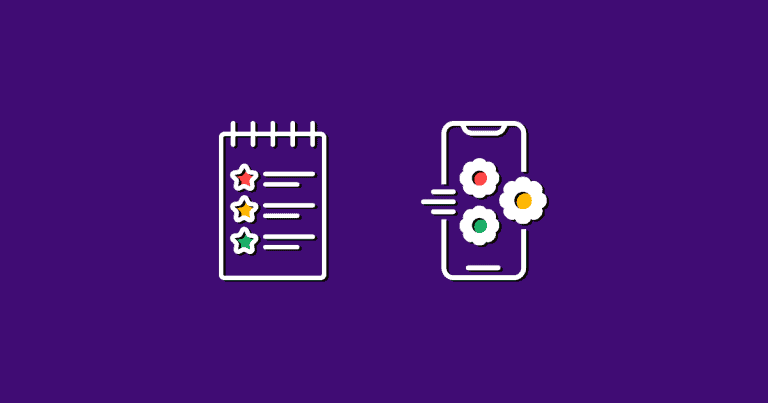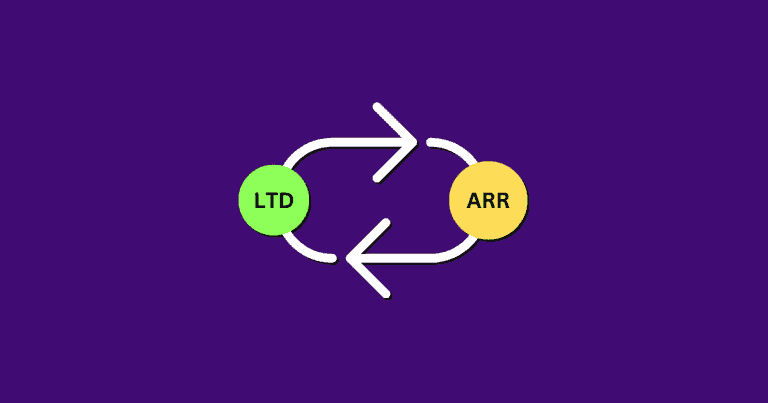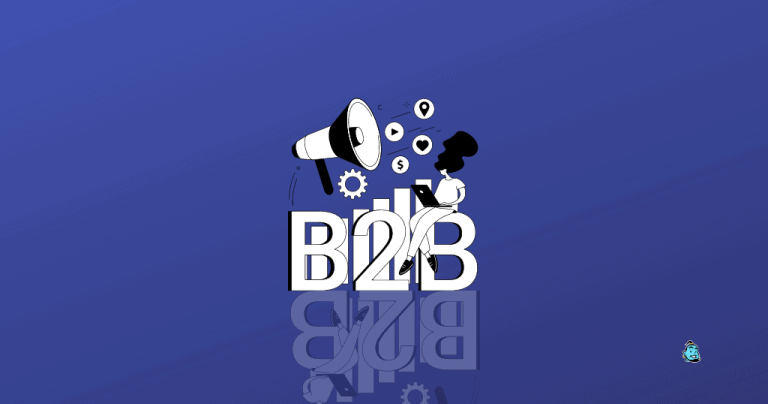How Can You Reduce Your SaaS Startup Customer Acquisition Cost?
There are many ways to reduce customer acquisition cost – from optimizing pricing strategies to improving conversion rates. But what really works best? Find out here!
Introduction-
Customer acquisition costs (CAC) refers to the amount spent to acquire new customers, usually through marketing campaigns or advertising. CAC has become an important metric to measure success for businesses across industries.
There are several tools and tactics that can be used to reduce customer acquisition costs. One way is to automate processes. Another strategy involves focusing on your target audience instead of broadening your reach.
However, CAC also includes the cost of building brand awareness, creating landing pages, designing ads, etc. In other words, these are pre-revenue expenses.
How to increase the efficiency of CAC:
To optimize the effectiveness of your Customer Acquisition Cost (CAC), you must consider everything it takes to acquire a new customer, including marketing costs, sales efforts, etc. This could include the costs of:
◼ PPC advertising
◼ Marketing
◼ Sales
◼ Customer support
◼ Onboarding
How to calculate customer acquisition cost?
How much does it cost to acquire a new customer? There are three main components to calculating customer acquisition costs: Cost per Acquisition (CPA), Cost per Lead (CPL) and Cost Per Conversion (CPC). These terms are often confused, but they explain exactly what these costs represent.
There are other ways to generate leads and traffic without paying high CPCs, though. For example, you can run paid social media campaigns, post on forums, create a blog, or host a webinar.
A CAC calculator helps businesses determine how much they spend per new customer. The formula takes into account the number of potential customers, the percentage who sign up, and the conversion rate.
By knowing exactly how much it costs to acquire a new customer, you can better allocate resources across channels and improve overall profitability.
How can you improve customer acquisition cost?
Customer acquisition costs (CAC) include marketing spend and other associated expenses such as sales enablement, customer success, etc.
The idea behind CAC is simple — you should be able to acquire customers at a lower cost than you pay per month for them once they become paying customers.
1. Improve your website conversions
To improve your website’s conversion rate, you need to create good user journeys.
User journey mapping helps you visualize where visitors go after landing on your site, and design your pages around those paths.
These visual maps are important because they allow you to see exactly where visitors are dropping off and why. Once you know where your audience isn’t converting, you can then focus on improving these areas.
2. Implement buyer profiles
To implement buyer profiles, start by identifying the key elements that differentiate your customers. Then, build profiles for each one based on those attributes. Once you have created these buyer profiles, you can then identify and target each group individually.
To create effective buyer profiles, businesses should start by talking to their target audience through surveys or interviews. Then, they should collect data from those conversations.
Once they’ve collected enough information, they’ll be able to determine the types of messages they need to send to each segment.
They’ll also be able to identify any issues, such as payment problems, and address these before they impact sales.
3. Build a strong relationship with your user base
To generate enough revenue from existing customers, companies should focus on creating a stronger bond with them.
One way to achieve this is by establishing a long-term relationship with them. By understanding your target audience better, you can then develop effective strategies to build trust with them.
In addition, the longer the average lifetime value of a user increases, the fewer the number of potential customers who convert into buyers.
4. Reduce churn rate
Churn rate refers to the percentage of customers who leave or stop using your service within a certain period of time.
It is calculated by dividing the number of customer cancellations during a given period by the total number of customers at the beginning of the period.
If the churn rate is high, then chances are that your retention rate is low. This means that even though you might have attracted new customers, they aren’t staying long enough to become loyal customers.
Note: A high churn rate means that you’re losing out on potential revenue. If you want to prevent customers from leaving you, do some research on customer retention strategies. This way, you’ll be able to identify problems before they occur and fix them.
5. A/B TEST
AB Testing is a common CRO strategy where you experiment with different aspects of your campaign or content to see which ones bring you the most conversions. It’s mainly in terms of conversion rates but also with regard to lead generation and retention. Optimizing lead generation isn’t hard; all you need is time and patience.
There is often a difference between A/B and split tests. Split tests involve comparing two completely different elements whereas A/B involves a single element on a page or in a campaign.
One of the most common uses of A/B tests is optimizing landing pages. You can divide your web traffic into two groups: one group that lands on page version A and another group that lands on page B.
You may want to test different types of calls to action (CTAs), offers, layouts, copy, headings, images, and/or video content. When done correctly, A/B testing helps businesses identify areas of improvement, increase conversions, reduce costs, and streamline processes. In short, A/B testing improves performance.
6. Landing pages
There are two main ways to test landing pages – manually or automatically using split testing software.
Testing landing pages manually involves creating multiple variations of each page, then sending them out to visitors. This method isn’t necessarily scalable since it requires time and resources. The other option is automated testing through split testing software.
This method allows marketers to create hundreds or even thousands of variations of a single webpage at once, using A/B testing to measure their performance.
7. Emails
Email marketing campaigns should be carefully planned to ensure they deliver the most effective results.
Some email providers offer A/B testing tools that allow you to test various elements within your campaign without having to send duplicate emails.ge at once, using A/B testing to measure their performance.
8. CTA’s
You’ve probably already heard about A/B testing, but did you know you can apply this powerful technique to CTAs (which stands for call-to-action) too? This way you can get feedback from real visitors and see which ones perform better.
If you don’t optimize your conversion rate, you won’t be able to compete in the highly competitive SaaS world.
CTA testing helps you figure out which elements work best on your site or social media page. If you want to see where your visitors go after clicking on certain links, then you can experiment with various CTAs. This way, you can optimize your conversions and improve your conversion rate.
✔ Highlights
1.The best way to reduce customer acquisition costs is by focusing on improving conversions from customers who have already shown interest in your product or service.
2. Use an A/B test to compare different copy variations of your website landing page before making changes.
3. Optimize your conversion rates through testing and analytics.
4. Choose the right features that improve user experience without adding complexity.
5. Write clear call-to-action messages and avoid using long text.
6. Test your messaging across multiple channels such as email, landing pages, and so on.
Final Thoughts on Customer Acquisition Cost
To achieve this goal, you should consider focusing less on advertising and more on developing great relationships with current customers. You can also build strong partnerships with influencers who can promote your brand.
Increasing the lifetime value of each customer is key to success!

